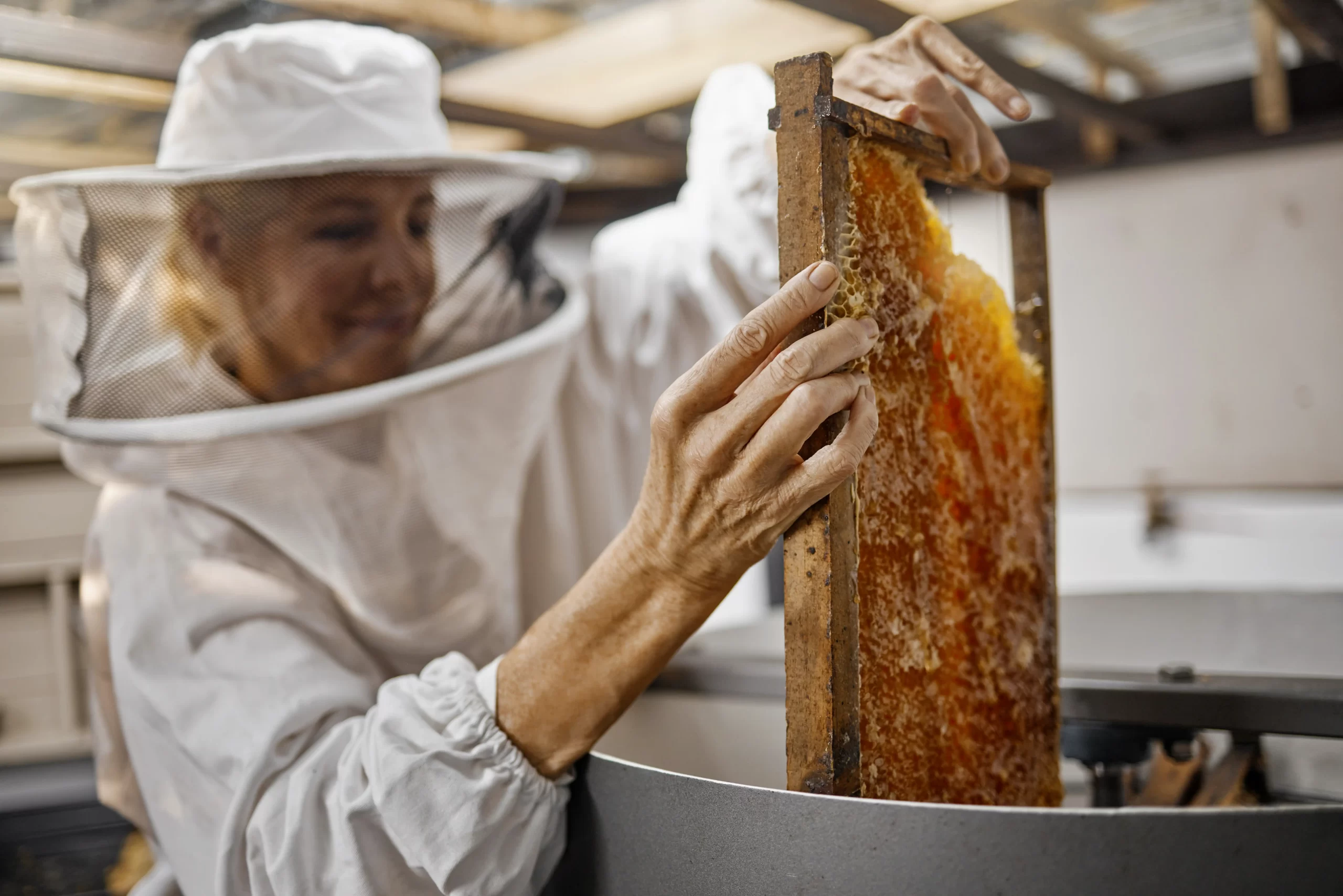Introduction
Recent studies reveal a worrying trend: honey production has been declining steadily over the past five decades. Researchers at Penn State University have conducted an extensive analysis to uncover the underlying causes of this decline, providing crucial insights for beekeepers and conservationists.
Main Findings
The study identifies several key factors affecting honey production, including:
- Decreased availability of floral resources due to changes in land use.
- Impact of herbicide application reducing flowering plants.
- Importance of soil productivity in supporting pollinator health.
These findings highlight the complex interplay between environmental factors and honeybee health, emphasizing the need for targeted conservation efforts.
Recommendations
To mitigate these issues, researchers recommend enhancing floral diversity and improving land management practices. Specifically, increasing the planting of pollinator-friendly plants and reducing herbicide use can significantly boost honey production and support bee populations.
Conclusion
Understanding the factors driving the decline in honey production is crucial for developing effective conservation strategies. By addressing these challenges, we can help ensure the sustainability of honeybee populations and the essential pollination services they provide.
